ROWMAN & LITTLEFIELD PUBLISHERS, INC.
Published in the United States of America
by Rowman & Littlefield Publishers, Inc.
A wholly owned subsidiary of The Rowman & Littlefield Publishing Group, Inc. 4501 Forbes Boulevard, Suite 200, Lanham, Maryland 20706
www.rowmanlittlefield.com
Estover Road
Plymouth PL6 7PY
United Kingdom
Copyright 2008 by Rowman & Littlefield Publishers, Inc.
All rights reserved. No part of this publication may be reproduced, stored in a retrieval system, or transmitted in any form or by any means, electronic, mechanical, photocopying, recording, or otherwise, without the prior permission of the publisher.
British Library Cataloguing in Publication Information Available
Library of Congress Cataloging-in-Publication Data:
Kendall, Diana Elizabeth
Members only : elite clubs and the process of exclusion / Diana Kendall. p. cm.
Includes bibliographical references and index.
9781461640103
1. ClubsUnited States. 2. Elite (Social sciences)Social networksUnited States. 3. Social capital (Sociology)United States. 4. Marginality, SocialUnited States. I. Title.
HS2723.K46 2008
366dc22 2008001572
Printed in the United States of America
 The paper used in this publication meets the minimum requirements of American National Standard for Information SciencesPermanence of Paper for Printed Library Materials, ANSI/NISO Z39.48-1992.
The paper used in this publication meets the minimum requirements of American National Standard for Information SciencesPermanence of Paper for Printed Library Materials, ANSI/NISO Z39.48-1992.
The World of Exclusive Clubs
Apopular New Yorker cartoon shows two men standing outside an imposing multistory building with high arched windows in Manhattan as one man says to the other, This is my private club, and you cant come in. This cartoon demonstrates a defining feature of elite clubs: members canand doexclude outsiders. Therein lies an important sociological story that must be told in regard to how social stratification and inequality work in the United States. Although some people are like the late comedian Groucho Marx, who played down the importance of private clubs when he said, I would not join any club that would have someone like me for a member, at a deep psychological level many of us are either pleased that we are members of an exclusive club or alienated by the fact that we will remain outside the walls of such organizations throughout our life.
WHY IS MEMBERS ONLY IMPORTANT?
The purpose of Members Only is to investigate how elites use the world of exclusive clubs as their private domain to entertain, to conduct business, and to further enhance their social capital. Key topics of sociological interest and concern in this research include how and why club members engage in the process of exclusion and what kinds of social capital members accrue in these clubs that is unavailable to outsiders. The larger concern addressed in this study is how elite organizations such as exclusive clubs serve to maintain and perpetuate class-based privilege and how patterns of social exclusion contribute to the increasing levels of social inequality that we see in the United States and other high-income nations in the twenty-first century.
The Issue of Exclusionary Practices
What is unique about elite clubs? Elite clubs operate on the assumption that their members are insiders, that everyone else is an outsider, and that club members have the right to determine who shall or shall not be allowed in their midst. As Phi1, a white male respondent, prominent attorney, and member of six exclusive Texas clubs, stated, In this country we have a God-given right to associate with whomever we please. And, frankly, this includes my right to not associate with people I dont want to. If I dont want to be around somebody, why should I have to let them in my club? Let them go start their own club. Phils perspective on club membership is in keeping with the classical sociologist Max Webers description of a closed relationship a setting in which the participation of certain persons is excluded, limited, or subjected to conditions (Gerth and Mills 1946:139).
For almost three centuries, elite clubs around the world have thrived on closed relationships. The earliest English clubs, such as Whites (established in 1736), Boodles (1762), and Brookss (1764), all of which still exist today, started as eateries or drinking halls that were open to the general public (meaning men), but before long, a select group of men decided they wanted to privatize the clubs and exclude from membership those individuals with whom they did not wish to associate (see chapter 2). Why did the men decide to turn these open spaces into private clubs? If we apply Webers idea of open versus closed relationships, the men had a greater expectation that their resources would be enhanced through the use of monopolistic exclusionary tactics in a closed relationship as compared to the greater inclusion of outsiders in an open relationship. In open relationships such as voluntary community service organizations, anyone is welcome to join as long as they desire to participate in mutually-oriented social action (see Gerth and Mills 1946:139). Although the rewards for participating in an open relationship may be significant in terms of personal fulfillment or community recognition, open organizations do not afford the same level of exclusivity and social capital as that found in many by-invitation-only, elite organizations.
What are the distinguishing characteristics of clubs with closed relationships? One of the first indicators of the closed relationship is found on the outside of the club where Members Only signs are prominently posted on the premises. Clubs across the United States have elaborate fences and ornate gates, imposing architectural facades, and well-polished-but bruskdoor attendants who discourage the uninitiated from seeking entry. Consider, for example, one journalists description of the fortification surrounding the Bohemian Grove, a campground set in 2,700 acres of giant redwoods sixty-five miles north of San Francisco, where members and high-profile guests of the prestigious Bohemian Club gather for their annual summer retreat! Signs abound: No Thru Traffic. No Trespassing. Members and Guests Only. No Turn Around. Sentries scan the paths from above with binoculars, helped out by infrared sensors (Lara 2004:A1). This level of security and exclusion first caught the attention of the sociologist G. William Domhoff (1974), one of the few sociologists to systematically investigate how elite clubs contribute to ruling-class cohesiveness. My interest in elite clubs grew out of Domhoffs research and my own interest in how social capital and cultural capital are accumulated by women and men in the upper classes and how these forms of capital provide them with social power that money alone cannot purchase.
Social Capital and Cultural Capital in Elite Clubs
Lets look first at the issue of social capital and how it relates to membership in elite clubs. Social capital refers to the groups and organizations to which a person belongs and the social networks (who people know) that arise as a result (Kendall 2002). Elite club membership provides individuals a chance to get to know other people over a period of time, to learn which persons are most trustworthy, and to develop networks that can be drawn on as needed. In the words of one respondent in my study, Other club members are money in the bank when you need to draw out a favor.

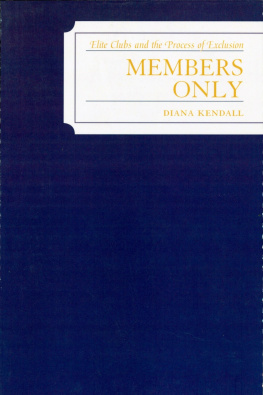
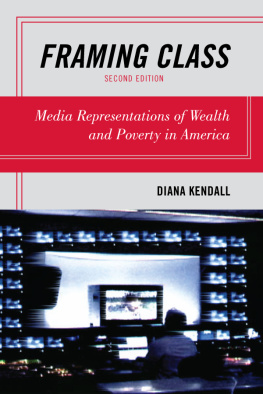

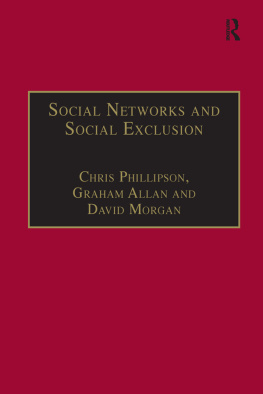
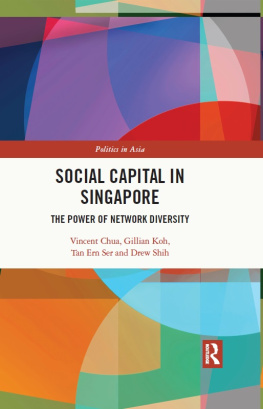
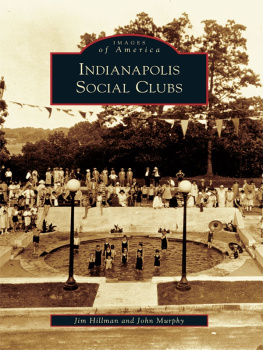
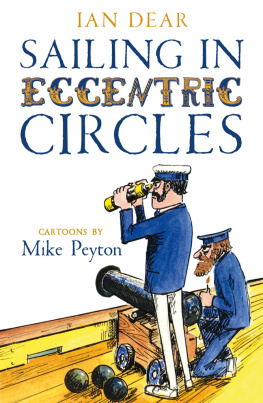

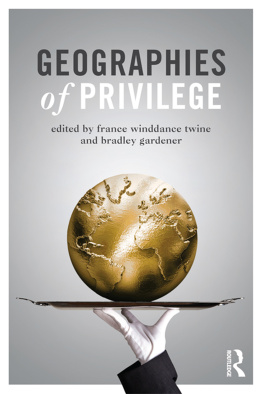
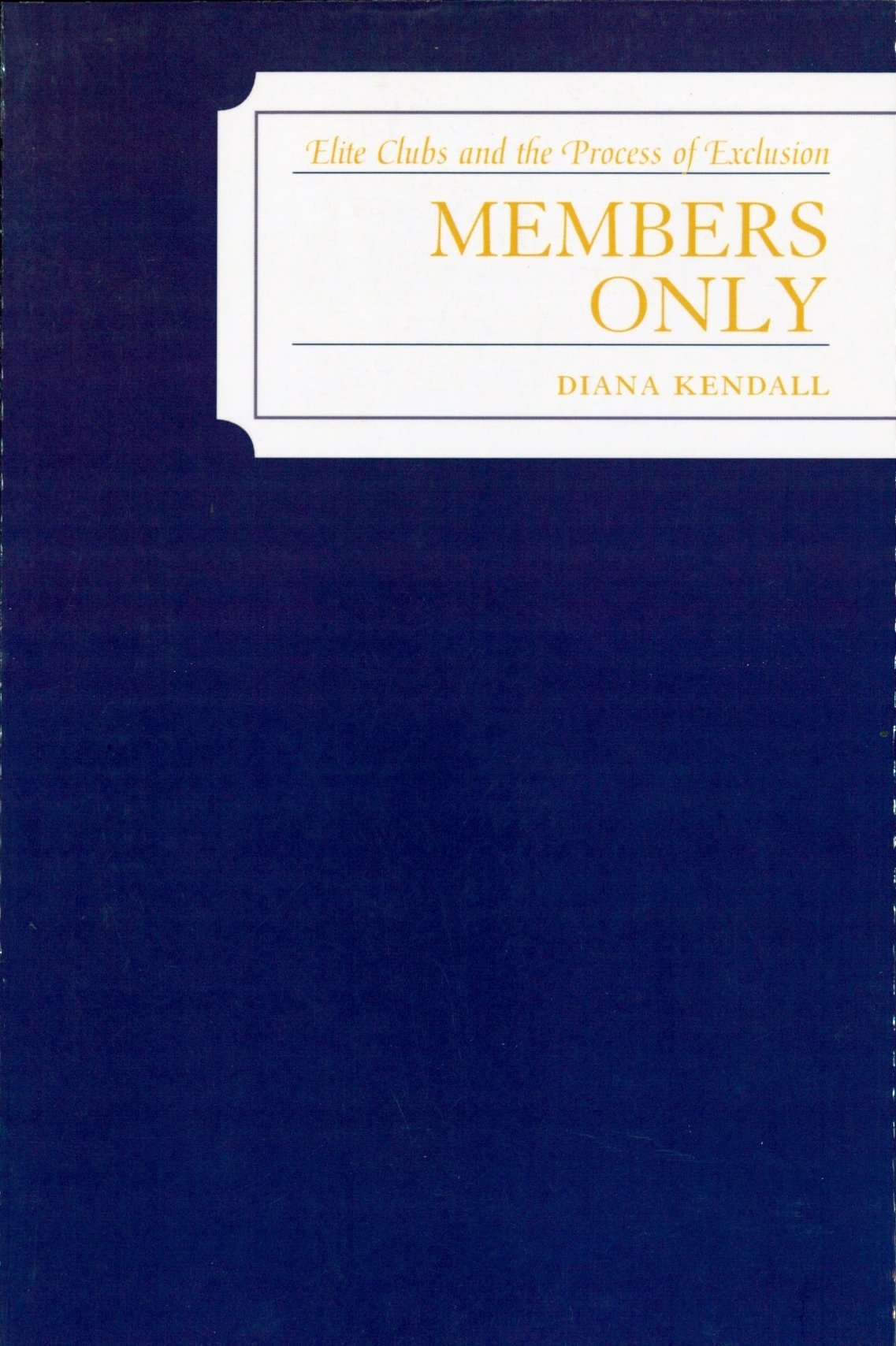
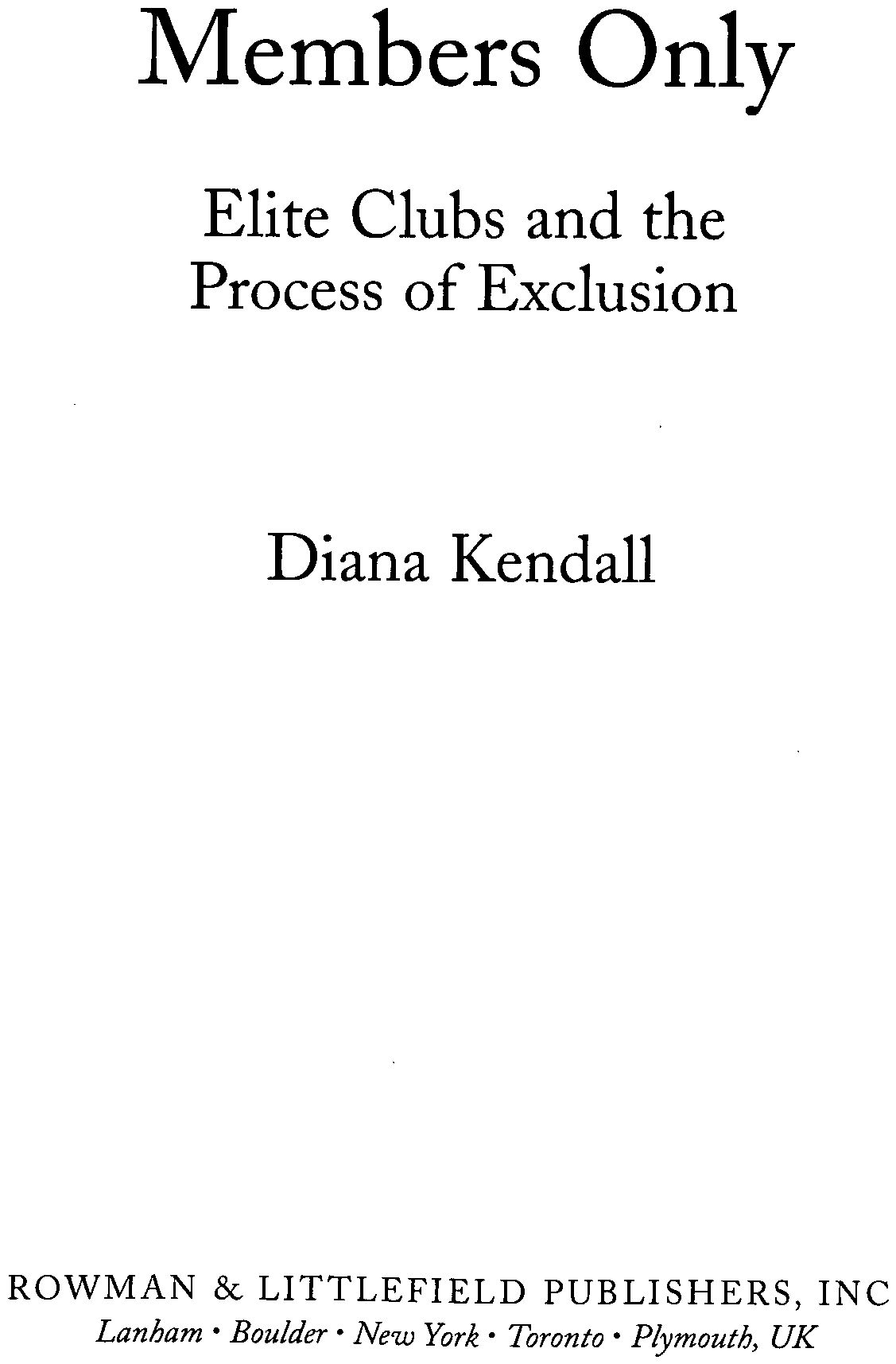
 The paper used in this publication meets the minimum requirements of American National Standard for Information SciencesPermanence of Paper for Printed Library Materials, ANSI/NISO Z39.48-1992.
The paper used in this publication meets the minimum requirements of American National Standard for Information SciencesPermanence of Paper for Printed Library Materials, ANSI/NISO Z39.48-1992.